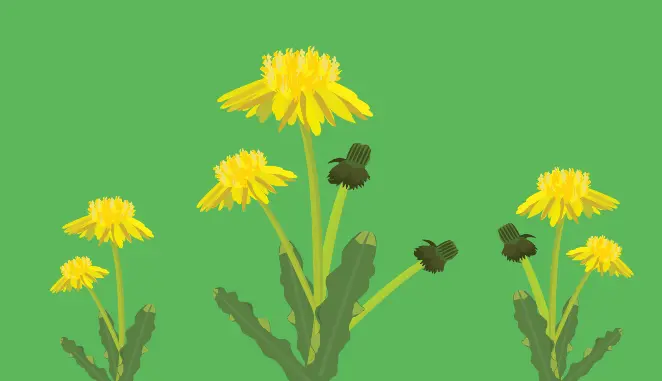Cat's Ear
What Is It?
Cat’s-ear, also known as Hypochaeris Radicata, can be a problematic perennial weed.
Not to be mistaken with the Dandelion, it has two striking yellow flowers per flowering stem and has lance shaped leaves that have many small hairs on the surface. As it is mistaken so much, it often gets referred to as the false Dandelion. One of the main ways to distinguish this weed from Dandelions is the leaf itself. The Cat’s-ear leaf has more rounded edges as appose to the dandelions smooth, sharply toothed and facing backwards tips. Its preferred habitat is on drier, free draining soils with the weed itself flowering from May to September.

When Do They Flower?
May - September.
Culturally
Cat’s-ear can be hand weeded however the whole root will need to be removed to stop reoccurrence. If any of the plant remains, it’s very likely that the weed will return with vengeance! So if you chose this method, make sure you get it all.
Chemically
There are different weed killers available on the market today, it does just depend on how heavily affected your garden is. We thought we’d make it slightly easier and provide a bit of advice for small areas (where you may have the odd unsightly weed) and larger areas (where it’s an overgrown area, vastly populated by the overpowering little blighters).
Small Areas: Glyphosate, applied sparingly with spray, sponge or paint brush.
Larger Areas: Use selective weed killer such as Verdone as it targets the weed, not the lawn.
Did you know?
- Cat’s-ear can be eaten as part of a healthy, wholesome salad.
- The Cat’s-ear tastes less bitter than the Dandelion, so may be the better option if tried within a salad.


